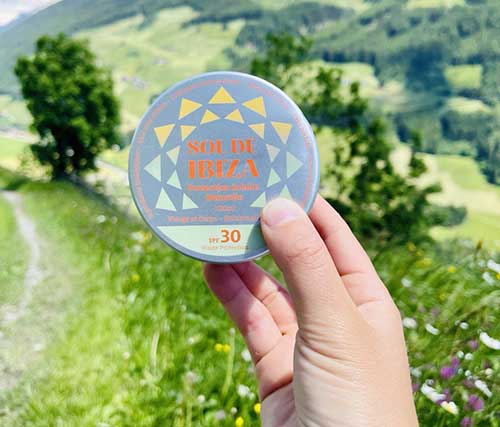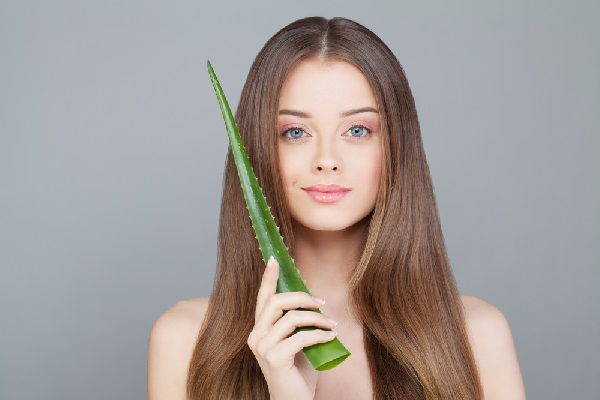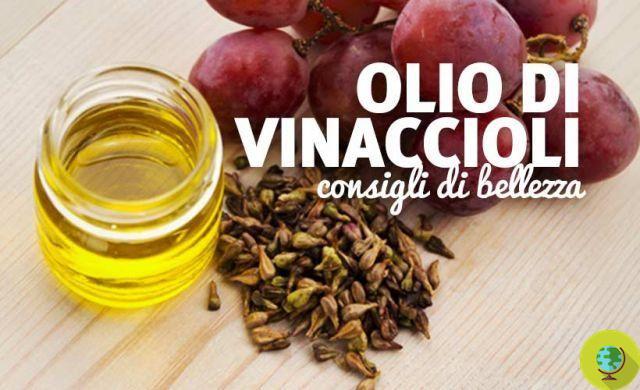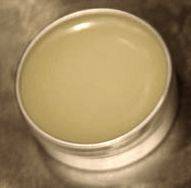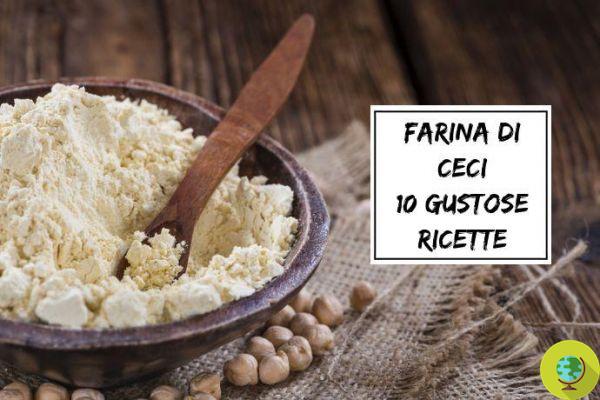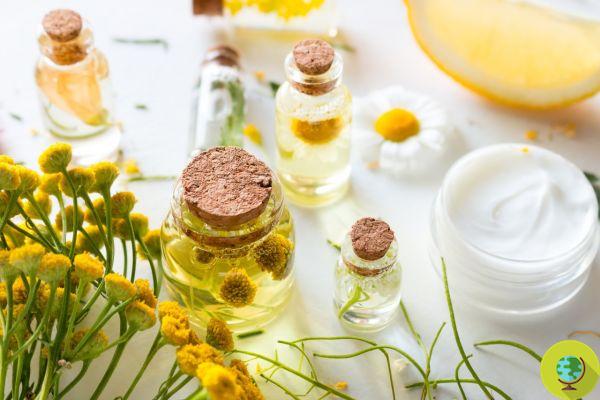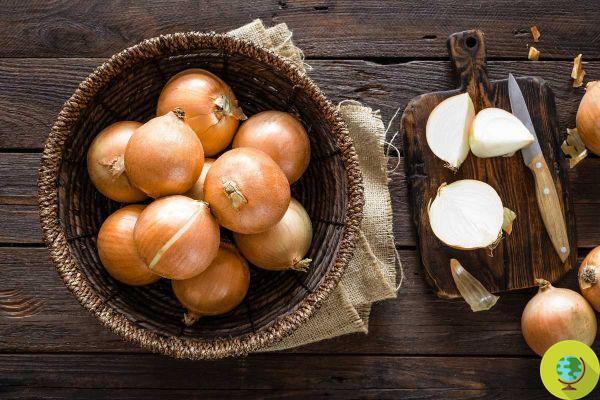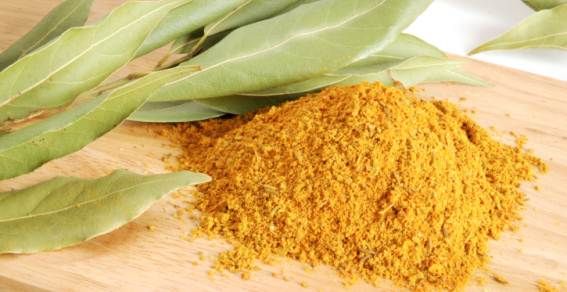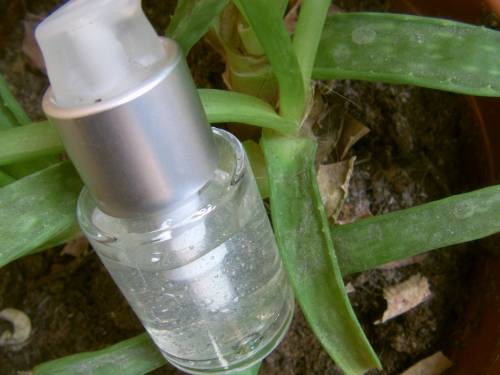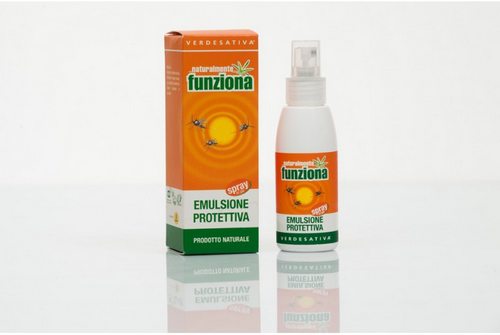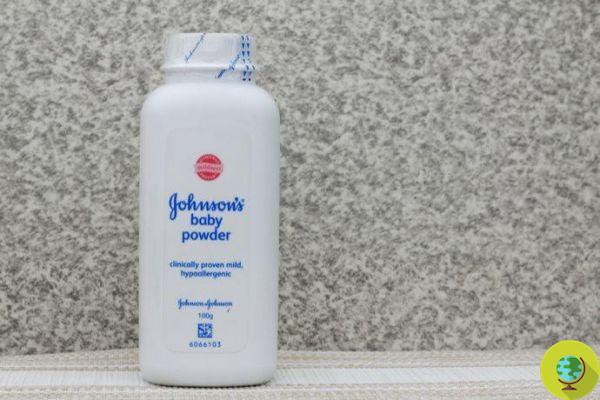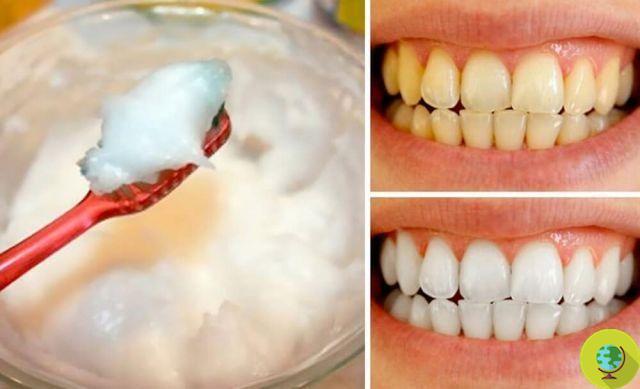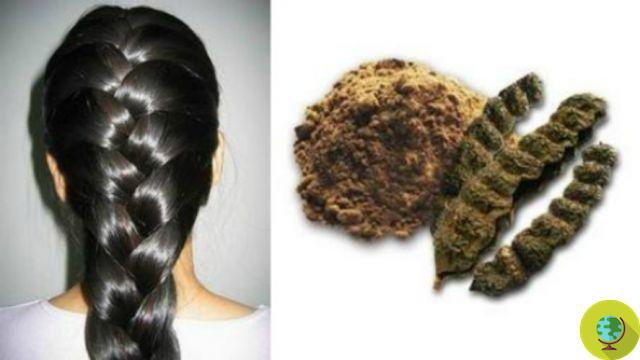Dyeing herbs are the best alternative to chemical dyes to color or reflect our hair. They are powders extracted from the leaves or roots of plants that contain a dyeing pigment. Completely natural and biodegradable, they do not pollute the environment or damage marine fauna
Don't store avocado like this: it's dangerousLe dyeing herbs they are the best alternative to chemical dyes for to color o reflect our hair. They are powders extracted from the leaves or roots of plants that contain a dyeing pigment. Completely natural and biodegradable, they do not pollute the environment or damage marine fauna.
Natural dyes do not present risks to our health, they are not aggressive, but on the contrary they dye delicately, exerting a healing function on the hair, which will be stronger, voluminous, soft and shiny. Synthetic dyes alter the structure of the hair, as they lift the scales in order to allow the penetration of the coloring pigment. For this reason, especially in the long term, the hair is brittle, weakened and damaged.
The dyeing herbs, on the other hand, color Tone on tone, that is to say that they do not penetrate inside the capillary shaft, but stratify on it, thickening and strengthening it.
The range of shades that can be obtained with natural dyes is certainly more restricted than with chemical dyes. Moreover, at the beginning it will not be easy to approach the world of dyeing herbs. It is necessary to better master the characteristics of the individual herbs, arming oneself with patience and perseverance. And above all, you need to be willing to experiment, not aiming for an exact result.
Each hair is different and reacts differently to the application of natural colors. The final color comes from the combination of multiple factors: the starting color, the presence of white hair, the porosity of the hair. The important thing is to use pure herbs, without adding synthetic dyes. About that, it is of fundamental importance to check the Inci of the packages, which must report only the scientific name of the plant. It is highly recommendable, in any case, to carry out a preliminary test on a hidden lock of hair, to avoid obtaining unwanted colors, also excluding the possibility, however very remote, of any allergic reactions.
If we are able to be patient without being discouraged after the first attempt, our commitment and efforts will be amply rewarded. The result will always be a original color, lively, bright and rich in nuances. And our hair will be stronger, more voluminous and breasts. A few applications are enough to acquire the necessary experience to make the most of the potential of these extraordinary plants. Let's get to know 10 more closely:
Index
Henna (coppery red)
THEhenna is the powder obtained by crushing the dried leaves of the Lawsonia Unarmed. It can rightly be considered the queen among dyeing herbs, as it is the only permanent natural color. In fact, the lawsone, or the henna molecule, is the only one able to bind definitively to the keratin of our hair. For this reason, henna is essential in covering white hair, as its dyeing pigment does not discharge over time, but on the contrary, it layers on the hair permanently. This powder releases a characteristic coppery red color, which is warmer and more orange on light hair, more intense when applied on a dark base.
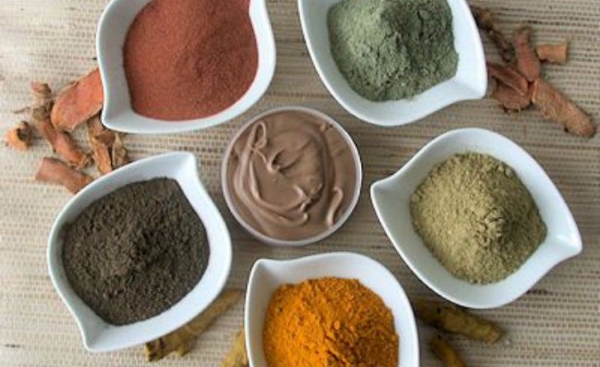
Read also Henna: everything you need to know to dye your hair
Katam (brown-violet reflections)
Obtained from Buxus Dioica, which grows in arid, rocky or desert environments, katam has a very high dyeing power. The color obtained is a chestnut of varying intensity, up to very dark brown, with violet reflections visible above all in the light. It is not recommended to use it alone on white or bleached hair, because the katam would color them purple or green respectively. In these cases it is advisable to use the double pass method, toning gray hair through a first application of henna and coloring it with katam at a later time. Otherwise you can apply a dyeing mixture composed of katam and lawsonia, possibly diluting their darkening power with the addition of cassia.
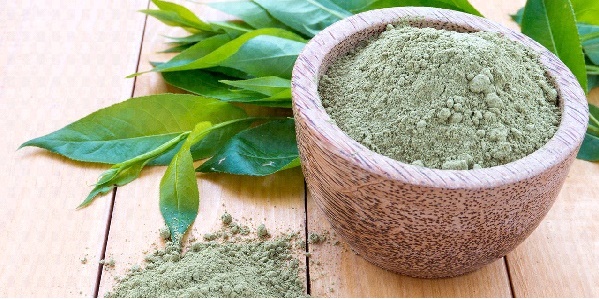
Read also: Katam: the “black henna” that darkens hair naturally
Indigo (dark brown - black)
Also improperly called black henna, indigo is made from the leaves of Indigofera Tinctoria. It releases a cold, very intense and deep brown color, up to real black, with blue shades that will turn into blue or green reflections on white or bleached hair. In these cases, therefore, the use of pure indigo is absolutely to be avoided. Similarly to what happens with katam, white or bleached hair will first be toned with an application of henna and then colored with indigo (double step method). Or you can directly apply a dyeing mixture of henna and indigo, having the foresight to dilute it if necessary with the addition of cassia to decrease its darkening power.
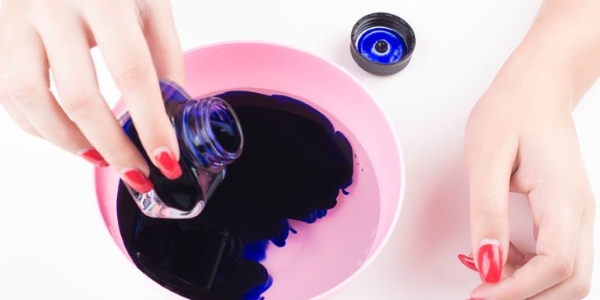
Read also: Indigo: the natural black-blue hair dye
Madder (coppery red or cherry)
It is obtained from Rubia Cordifolia and can be used to dye hair red. By applying this color, it is possible to obtain warm and coppery reds, or cherry-colored reflections depending on the acidity of the preparation environment. If the madder is macerated with only hot water or oxidized together with acid substances, the color will be warmer, from copper to brick. On the other hand, if the powder is prepared with water and bicarbonate, that is to say in a basic environment, we will obtain a colder red, with shades that turn to plum / cherry. As with all dyeing herbs, it is recommended to add it to henna, as only henna is able to permanently bind to the keratin of the hair, ensuring effective coverage of whites and prolonging the dyeing effect over time.
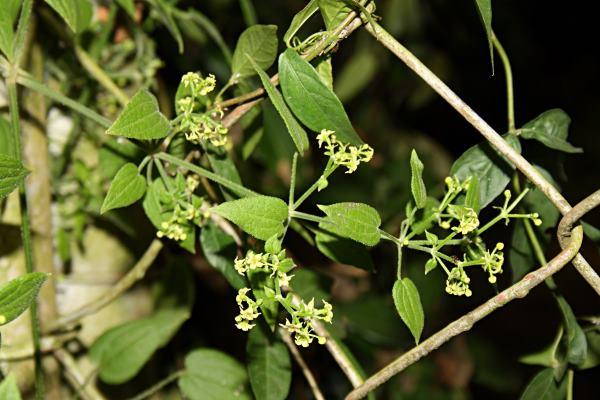
Read also: Madder: how to dye your hair red using dyeing herbs
Hibiscus (plum red)
It is obtained by pulverizing the calyxes of dried flowers from Hibiscus Sabdariffa. It gives reflections ranging from cold pink to plum red, depending on our base color. Its dyeing capacity is actually rather mild. If used alone, hibiscus tends to color little and especially to discharge after a short time. This is why it should be used together with lawsonia, to "cool" the red of henna. We often find it in moderate amounts as a component of ash blonde blends. Hibiscus powder stimulates hair growth, strengthens it and prevents dandruff.
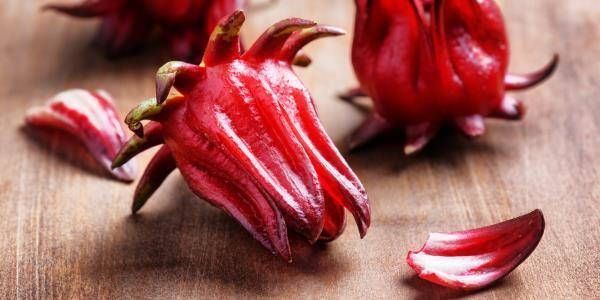
Read also: Hibiscus: how to dye your hair red using dyeing herbs
Cassia (golden reflections)
Cassia, often also called neutral henna, is the powder of Cassia Obovata or Italica. It has the peculiarity of releasing a golden reflective pigment on the hair only if it is oxidized in an acid environment for at least 12 hours. It can be useful, used in combination with other yellowing herbs such as turmeric or rhubarb, to determine a lightening effect on the hair. If macerated only in hot water, cassia performs an extraordinary restructuring and regenerating function on the hair. It is a real beauty treatment for our hair.
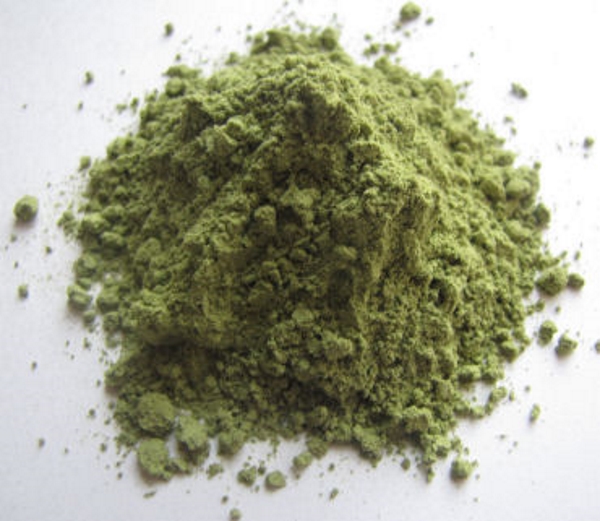
Read also: Cassia: the neutral henna that lightens and strengthens the hair
Turmeric (golden blonde)
The powder obtained from Curcuma Longa, in addition to flavoring our recipes, has a very high dyeing power on the hair. Like all natural dyes, it does not contain a real lightening agent, but is able to release an intense golden yellow color, tending to cold, resulting in a lightening effect on the hair. Precisely by virtue of its high coloring power, turmeric should be used in small quantities, preferably by diluting it in a mixture with cassia or in combination with other yellowing herbs.
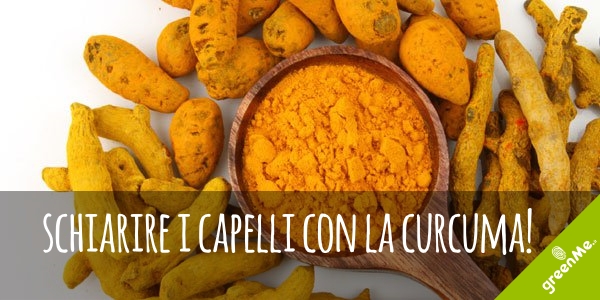
Read also: Curcurma: how to have golden highlights and lighter hair
Rhubarb (intense blond)
It is a medicinal plant native to China (Rheum officinale or Rheum rhapomticum). From the pulverization of the leaves, a dye is obtained that colors the hair with a very intense warm yellow, useful in case you want to obtain or highlight the blond tones. The powder extracted from the rhizome, on the other hand, gives a more orange color, almost tending to copper. On light hair, rhubarb can be used to obtain the characteristic Titian red shade, very close to natural red.
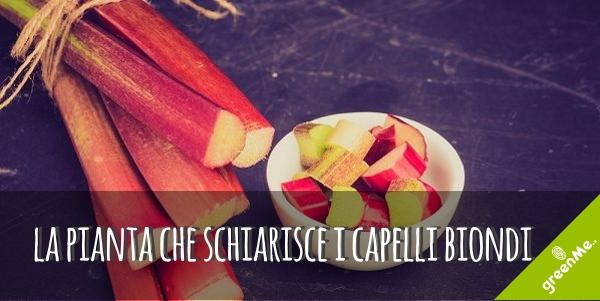
Read also: Rhubarb to lighten hair: how to get or highlight blonde tones
Nagar motha (brown / hazel reflections)
It is a so-called adaptogenic plant, that is, capable of inhibiting the production of sebum by the scalp or, on the contrary, capable of stimulating it if it is insufficient. On the hair it releases a reflecting pigment rather than a dye. Nagar motha can be used to color light brown hair or, on an already brown base, to obtain hazelnut nuances, giving more body and depth to our base color.
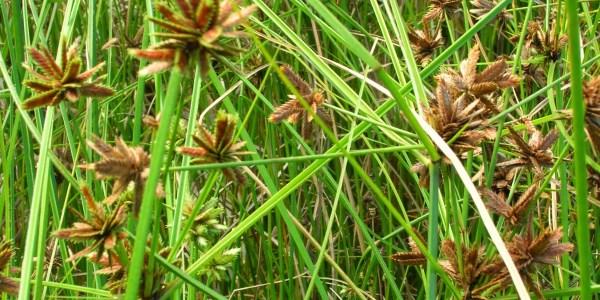
Read also: The nagar motha: properties and how to reflect brown hair
Walnut mallet (amber / brown reflections)
It is the powder obtained from the crushing of the husk, or the inner part of the peel that covers the walnuts. Like nagar, it performs a reflecting action rather than a dyeing action. It can be used to gradually darken light hair, dyeing it from an amber brown to a gradually more intense color, up to a brown tone. On already dark hair, it can be used to accentuate our natural brown shades.
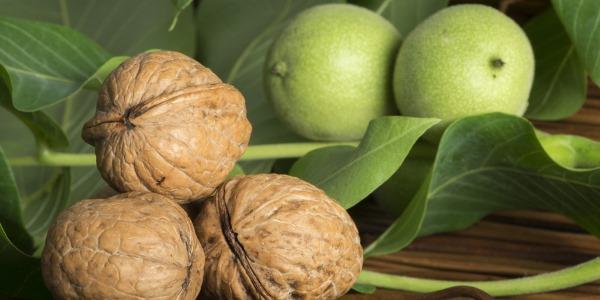
Read also: Walnut husk: natural brown highlights for hair
Angela Petrella




